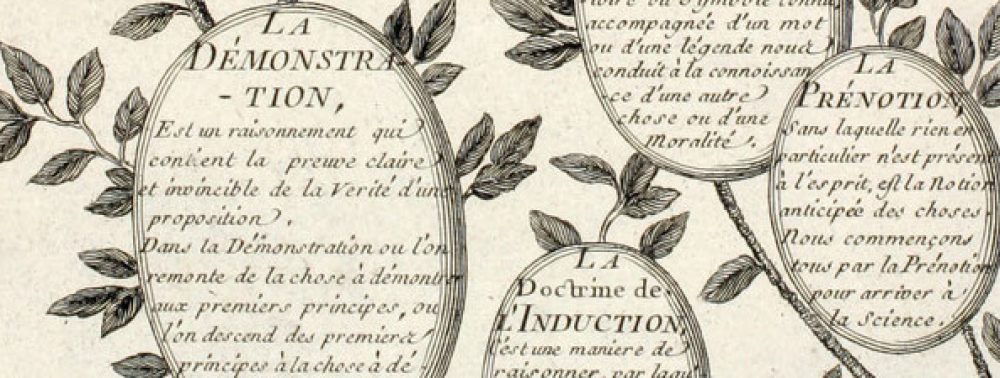be sure to name the homework file you upload to blackboard:
last name_first two letters of first name_assignment number
(example: if Albert Einstein were submitting homework #1, his file name would be Einstein_al_1.docx)
Question 1, 3, and 10 require synthesizing information from several pages; moreover, these questions should be considered “long answer” questions and will require more writing.
1) Ethno-centric French traders in the 17th century, as Taylor notes, often liked to think of the Native Americans they encountered as “perpetual children.” Today, romantic visions of the Native American past often portray Indians as equally helpless. How so? Such visions of Indians suggest that the native populations could not control their desires for the material goods and alcohol that came with the Europeans. They were, this vision suggests, helpless children before Europeans
What evidence does Taylor present that debunks (that is, proves wrong) both of these remarkably similar conceptions (that is BOTH the 17th century ethnocentric & 21st century romantic) of helpless native peoples? Be specific and provide examples.
(to be clear: Taylor does not think these two similar conceptions of Native Americans are accurate and he debunks both.)
(30 points)
2) In your own words, explain how did Native and French visions of the relationship between trade and diplomacy differ?
(5 points)
3) (3 part question: (A) (B) and (C)
Taylor writes on p. 98 that for many native groups, “market incentives overwhelmed the inhibitions of animism.”
Carefully explain IN YOUR OWN WORDS what Taylor means by:
(A) “inhibitions of animism” Don’t simply define either word; tell me what the phrase means in the context of the reading.
(B) “market incentives”
(C) Using your own words, carefully explain how (B) overwhelmed (A). Be specific and provide examples.
(15 points)
4) Using your own words, explain why the Huron abandon hunting to become middle-men in the fur trade?
(5 points)
5 ) Using your own words, explain the role of torture in group cohesion among the Five Nations?
(5 points)
6) In the mid-17th century the Iroquois attacked their neighbors with warfare — as Taylor notes — of “nearly genocidal proportions.” Taylor, in contrast to some historians, doesn’t think these wars are best described as “Beaver Wars,” but rather prefers the term “Mourning Wars.” Why? Be specific and provide examples.
(10 points)
7) Why did commercial incentives mean that both the French and the Iroquois were unwilling to make peace with each other?
( 5 points)
8) Is it accurate to describe Europeans of this period as racist? Why or why not? Use your own words.
(7 points)
9) Why did the particular form Christianity practiced by the Jesuits make it easier for the “Black Robes” to integrate themselves into Native society than it was for Protestant Ministers? READ CAREFULLY!!! DO NOT CONFUSE THE JESUITS’ PREDECESSORS IN THE WORLD WITH PROTESTANTS. USE YOUR OWN WORDS
(5 points)
10) The Jesuits demands of “cultural concessions” (such as ending the torture rituals) from the Hurons undermined unity in Huronia; why didn’t the Hurons simply expel the troublesome French? (A helpful hint: pay close attention to the readings on the topic of threats to cultural unity in Hurania; this information will help you in your upcoming paper) USE YOUR OWN WORDS
(13 points)
End of assignment


